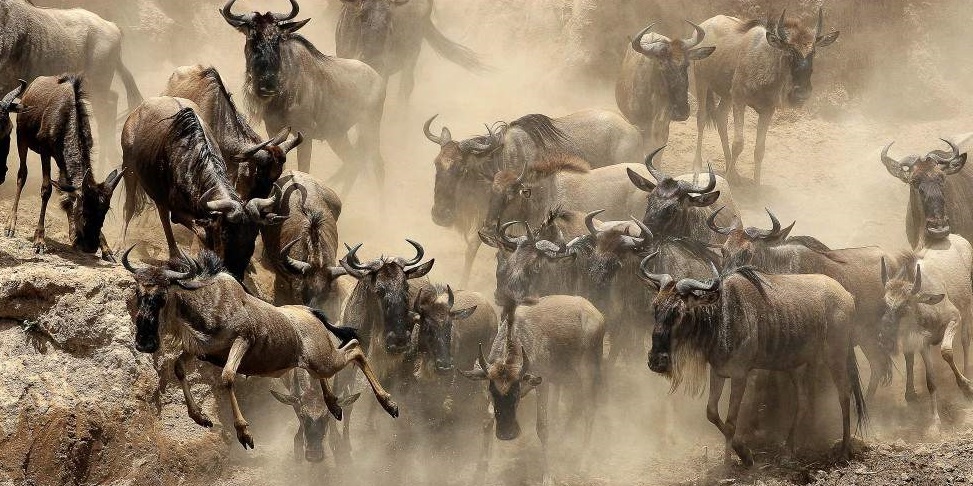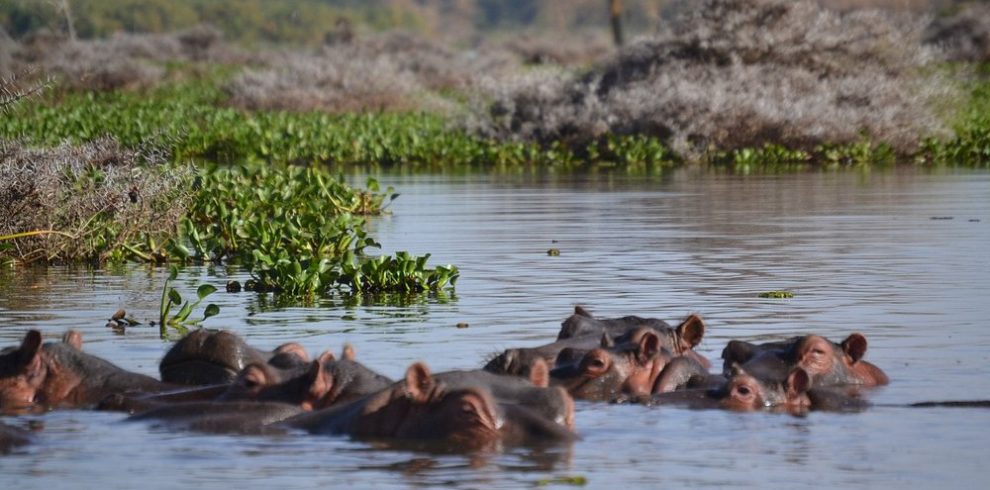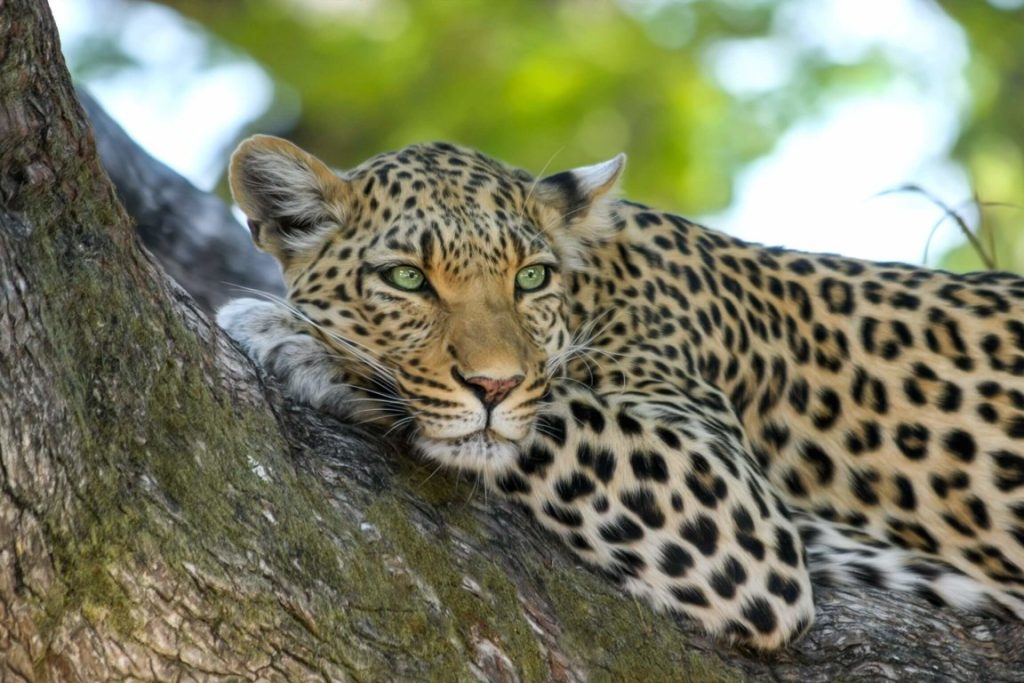
The leopard (Panthera pardus) is one of Africa’s most iconic and mysterious big cats, known for its incredible adaptability, stealth, and distinctive beauty. As a member of the Panthera genus, which includes other powerful cats like lions, tigers, and jaguars, the leopard has carved a unique niche in the world of wild animals. Its camouflage, hunting abilities, and also complex behavior makes it a very fascinating animal to observe. In this article, we will explore 5 fascinating facts about the leopard that showcase its incredible capabilities, striking features, and role in the wild. If you love wildlife, a serious traveler, or just curious about the mysteries of the animal kingdom, these facts will enhance your understanding of one of the most secretive and expert hunters in the world.
1. The Leopard’s Incredible Camouflage

One of the most well-known characteristics of the leopard is its stunning coat pattern. The leopard’s golden-brown fur, covered in dark rosettes and spots, helps it blend seamlessly into its environment. This unique coat pattern serves as perfect camouflage, allowing the leopard to remain hidden in the dense foliage of African savannas, jungles, or the rocky outcrops of mountainous regions. The ability to camouflage is a vital trait for the leopard. It enables the cat to go unnoticed by its prey, as well as potential enemies. Leopards are solitary hunters, and they rely heavily on their stealth and ambush techniques to hunt. Their camouflage is adapted to allow them to move closer to their prey without being seen. Leopards can be found in diverse habitats, from dense forests and rainforests to open grasslands and even deserts.
Their camouflage is a vital part of their hunting strategy in either environment. For example, in forested areas, leopards use their spots to merge with the tree branches and shrubs around them, while in open grasslands, the rosettes break up the outline of their bodies, making them hard to detect. Their coat patterns are not only beautiful but practical, providing the leopard with an advantage that allows it to thrive in many different ecosystems. Though their camouflage aids in evading prey, it also serves as a defense against larger predators who could be dangerous to the single big cat.
2. Leopards Are Strong Climbers and Skilled Tree Dwellers

Another fascinating fact about the leopard is its impressive climbing ability. Unlike most other big cats, leopards are renowned for their ability to climb trees with ease. They have also been observed lazing on tree branches or utilizing trees as observation posts to scan the environment. Leopards possess strong, muscular limbs and sharp claws that enable them to scale trees swiftly. This ability to climb is not only recreational, it is a vital survival characteristic. One of the key reasons why leopards climb trees is to avoid competition and danger from larger predators. Lions and hyenas, two of the leopard’s primary rivals, rarely venture into trees, so by hauling their kills up into the branches, leopards ensure they don’t lose their hard-earned food to scavengers.
Additionally, the ability to climb trees provides leopards with a safe resting place away from the dangers of ground predators. The leopard’s ability to carry large prey into the trees is also one of its most remarkable traits. Leopards are known to drag prey as heavy as antelope or wildebeest up into trees, a feat that requires both strength and agility. Climbing also offers leopards an advantage when it comes to hunting. They can have a good survey of what is around them when above without being noticed and easily attack an ambush. This combination of strength, agility, and intelligence makes leopards some of the best tree climbers in the big cat family.
3. Leopards Are Extremely Adaptable and Can Thrive in Varied Habitats
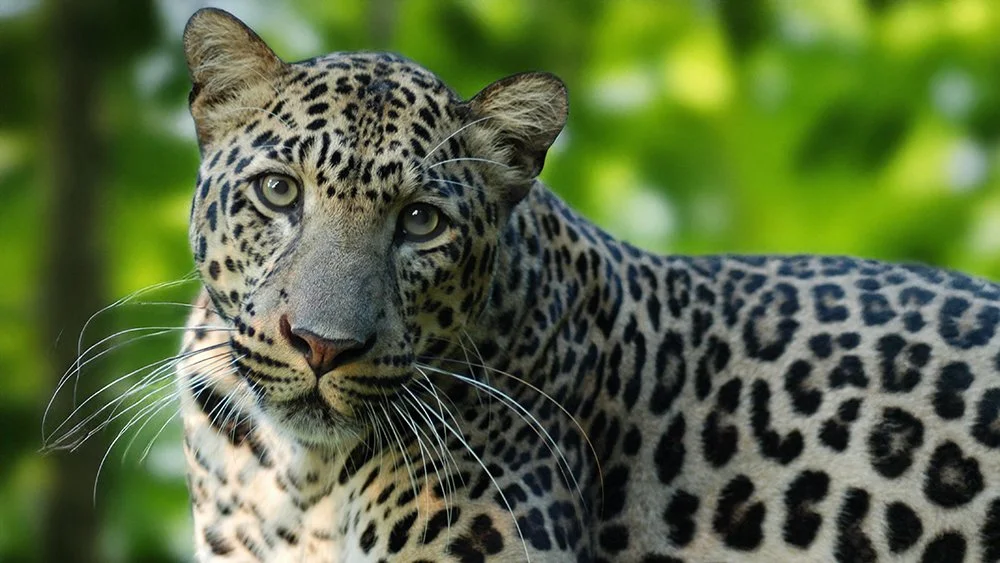
One of the most fascinating aspects of leopards is their incredible adaptability. Leopards are able to survive and thrive in a wide variety of habitats, from arid deserts to dense rainforests, and from high mountains to lowland savannas. Their capacity to adapt to new conditions is one of the reasons they are so prevalent in Africa and some parts of Asia. Leopards have been found in a variety of habitats, including the Saharan desert, the Himalayas, and the forests of India. They can live on sparse food and water sources and can tolerate extreme environments. This flexibility is also applied to their diet. While leopards primarily hunt medium-sized mammals like antelope, they are opportunistic and will take advantage of whatever prey is available. They are known to hunt small birds and rodents as well as larger animals such as the zebra, warthogs and buffalo.
In more urban areas, leopards have adapted to living near human settlements. This is a testament to their adaptability, but it can also create conflict with human beings. Leopards are known to sometimes enter villages and hunt livestock when wild prey is scarce, leading to potential human-wildlife conflict. Nevertheless, leopards have proven to be highly resilient, finding new ways to live and hunt, even in human-dominated landscapes. This adaptability and ability to thrive in different environments make leopards one of the most successful big cats on the planet.
4. Leopards Are Master Hunters with Remarkable Stealth
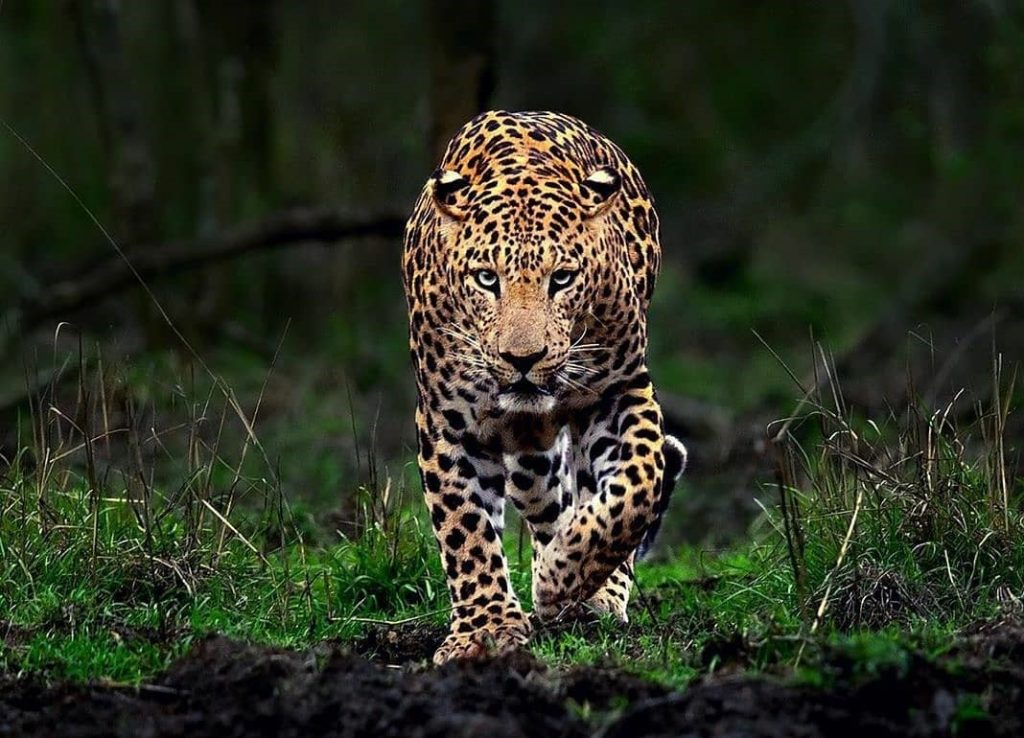
Leopards are exceptional hunters, and their primary method of hunting is ambush. Unlike lions, which often hunt in groups, leopards are solitary hunters that rely on their stealth and patience to bring down prey. They prefer to hide behind vegetation or trees and approach their victims, which they usually do successfully. Once within striking distance, leopards use a quick burst of speed and power to launch themselves at their prey. They often bite the throat or the neck attempting to suffocate their victim as quickly as possible.
Leopards often make a single, powerful strike to immobilize their prey, and unlike many other big cats, they can quickly and efficiently dispatch prey by themselves. Leopards are also known for their extraordinary patience while hunting. They will typically follow an animal for hours, waiting just the right time to attack. They are also masters of ambush hunting due to their tendency to spend long intervals in stillness. Whether they’re hunting in dense foliage or across the open plains, leopards can remain nearly invisible until it’s time to pounce.
Once they have successfully captured their prey, leopards tend to drag it into cover, often into the safety of the trees, to avoid sharing it with scavengers like hyenas or lions. They are also strong enough to pull their prey high up into the trees, which gives them the opportunity to eat their food in seclusion.
5. Leopards Have a Diverse and Complex Mating System
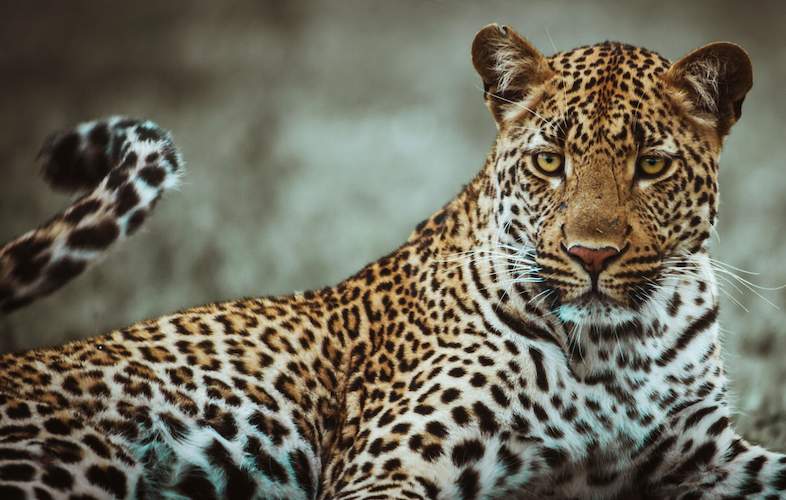
Leopards have a complex and often solitary mating system. While they are solitary creatures for most of their lives, leopards will come together to mate during the breeding season. Female leopards typically give birth to 1 to 3 cubs, after a gestation period of about 90 to 105 days. Cubs are born blind and helpless, solely dependent on their mother to get nourishment and protection. Leopard mothers are fiercely protective of their cubs, and the young stay with their mother for a significant period before becoming independent. The cubs also learn fundamental skills like hunting, climbing and survival drills during this period.
Leopard mothers are highly caring and ensure that their cubs are safe from predators, especially lions and hyenas, which are known to prey on young leopards. Male leopards do not play a role in raising the young and usually avoid contact with the cubs after mating. When the cubs are mature enough to survive on their own, they would bid farewell to their mother and move to their new establishment. This solitary nature of leopard behavior, both in terms of hunting and reproduction, is a key aspect of the species’ survival strategy. Leopards have also been known to mate year-round, and their mating calls are often heard at night. The leopard’s mating behavior is characterized by short, intense encounters that can last only a few days but are critical for maintaining the leopard population across Africa and Asia.
Conclusion
The leopard is undoubtedly one of the most fascinating and elusive creatures on the African continent and beyond. From their incredible camouflage and climbing abilities to their remarkable hunting techniques and adaptability to various habitats, leopards continue to captivate wildlife enthusiasts and researchers alike. By exploring these 5 fascinating facts about the leopard, we gain a deeper understanding of why this big cat has remained one of nature’s most successful and enduring predators. Leopards’ solitary nature, stealthy hunting skills, and adaptability make them a symbol of strength, beauty, and survival in the wild. As we continue to witness and protect these incredible creatures in their natural habitats, it’s essential to appreciate the unique traits that make the leopard a truly fascinating part of our world’s wildlife heritage.

